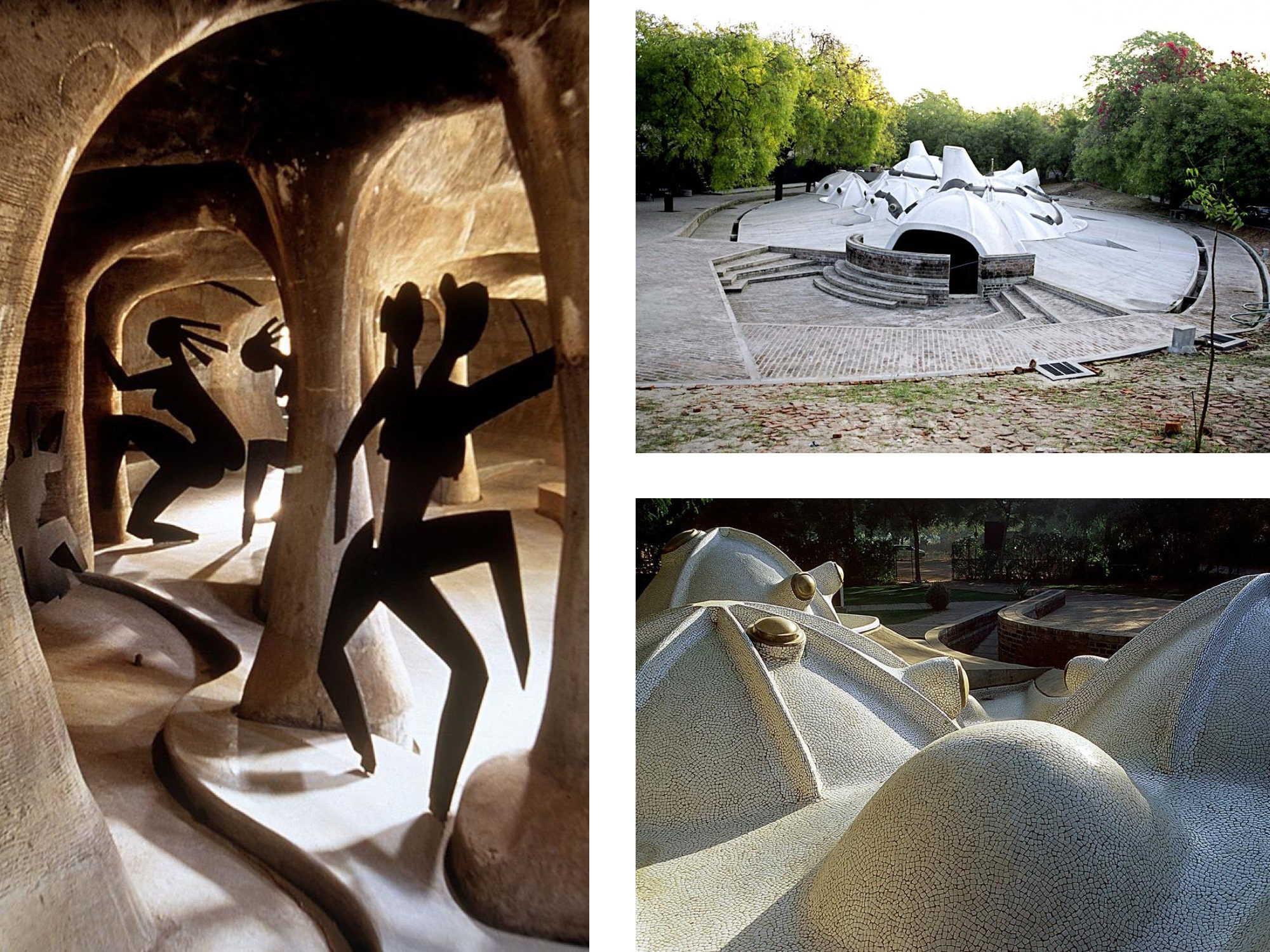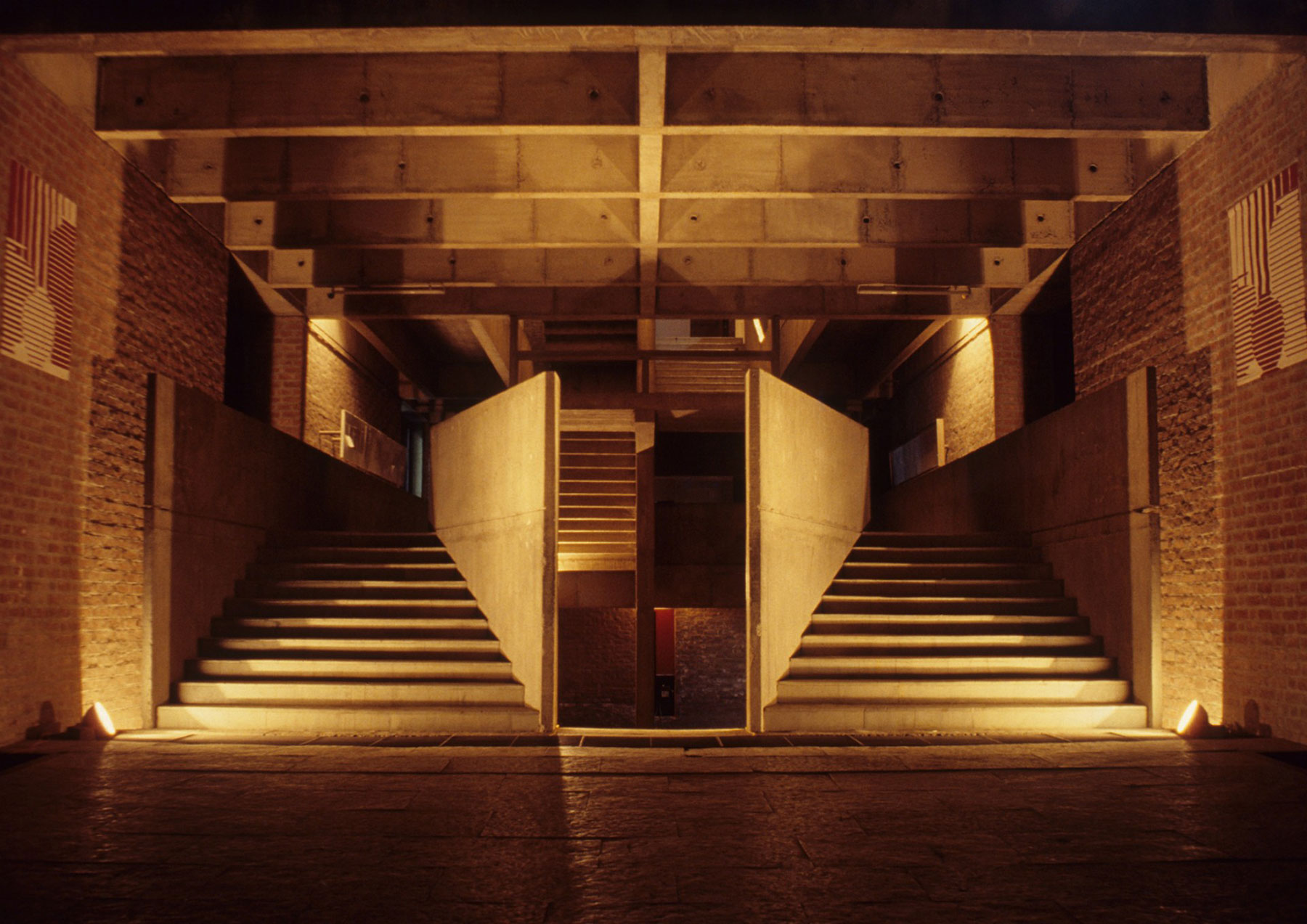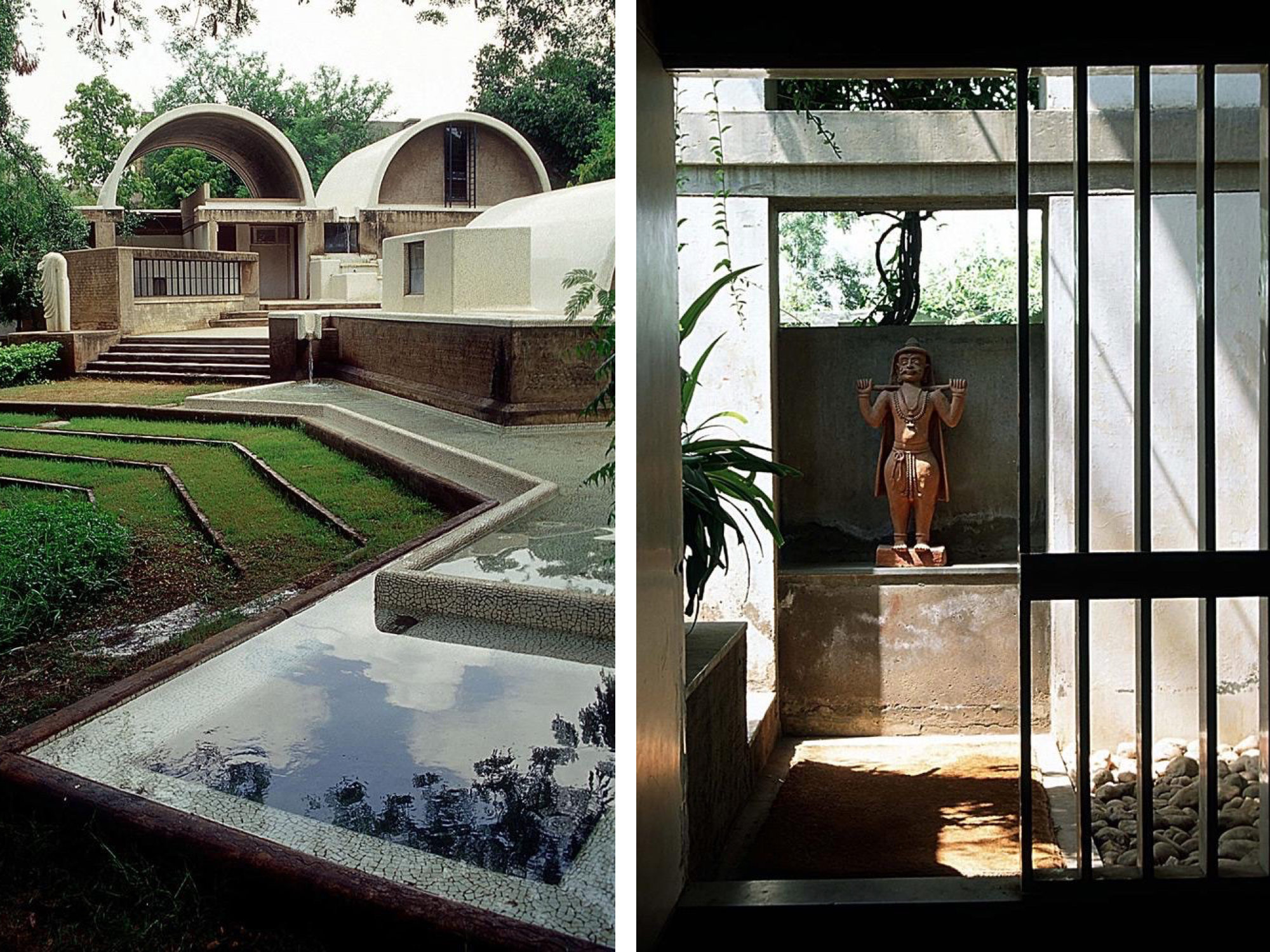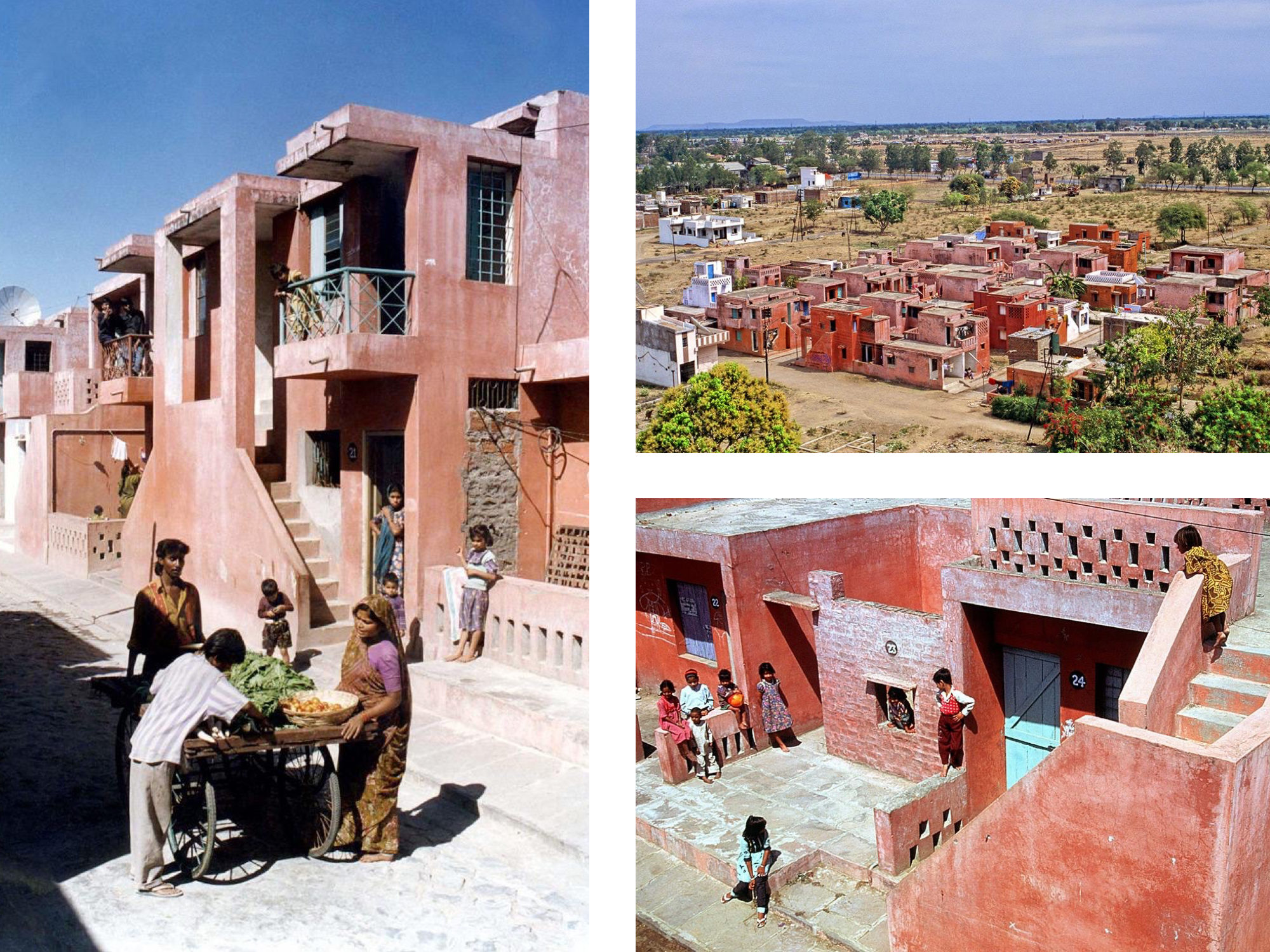Balkrishna Doshi’s first major retrospective outside Asia, “Balkrishna Doshi: Architecture for the People,” recently opened at Chicago’s Wrightwood 659 after debuting at the Vitra Design Museum in 2019. The show presents the pioneering architect’s most notable projects, from city planning to residential interiors, all of which embody his underlying humanist ideals. His close relationships with other influential architects such as Christopher Alexander, Louis Kahn, and Le Corbusier—with whom Doshi helped design the city of Chandigarh, India—will also come to light. When Doshi became the first Indian to receive the Pritzker Prize, in 2018, the jury announced that he “has always created architecture that is serious, never flashy or a follower of trends,” and noted his “deep sense of responsibility and a desire to contribute to his country and its people through high-quality, authentic architecture.” Below is a list of his greatest hits.
A Look Back at Balkrishna Doshi’s Best-Known Buildings
We revisit Pritzker Prize laureate Balkrishna Doshi’s greatest hits to commemorate the stateside debut of his traveling retrospective, “Balkrishna Doshi: Architecture for the People,” which recently opened at Wrightwood 659 in Chicago.
By Ryan Waddoups September 21, 2020
Amdavad Ni Gufa Gallery
The biomorphic roof on this underground museum in Ahmedabad is covered in sun-reflecting porcelain tile, just one of many moves the architect has employed throughout his work to regulate temperatures without resorting to mechanical climate control.

Centre for Environmental Planning & Technology
Also in Ahmedabad, this building shows the influence of Louis Kahn in its striations and symmetries, as it blurs the lines between indoor and outdoor space.

Sangath Architect’s Studio
Doshi’s own Ahmedabad studio creates a serene landscape of grassy hills, terraced pools, and curving vaulted roofs.

Aranya Low-Cost Housing
Located in the Indian city of Indore, this complex connects a community through a cluster of buildings stitched together by a network of courtyards and pathways. It won the Aga Khan Award for Architecture in 1995.

The Indian Institute of Management
Hard angles, converging pathways, and interlocking volumes make this temple-like 1992 building in Bangalore one of Doshi’s most widely renowned.